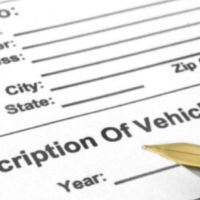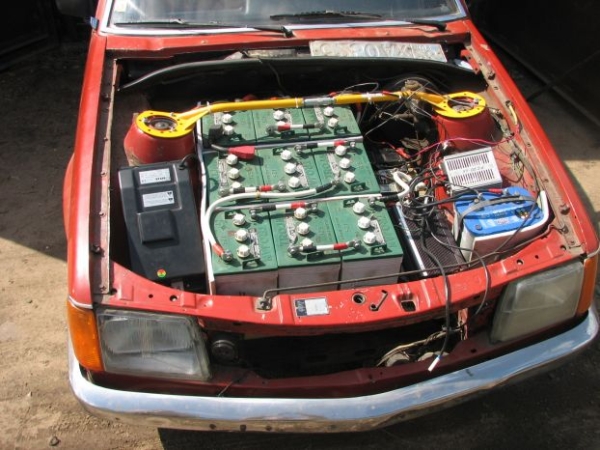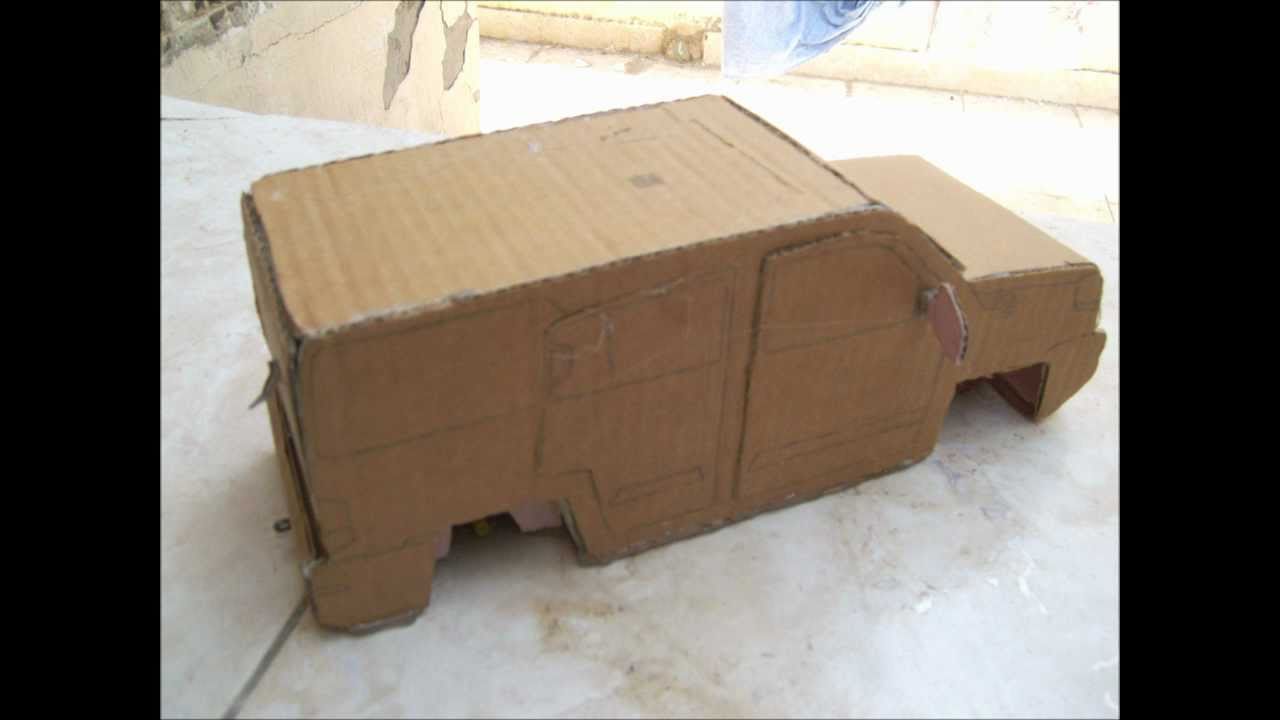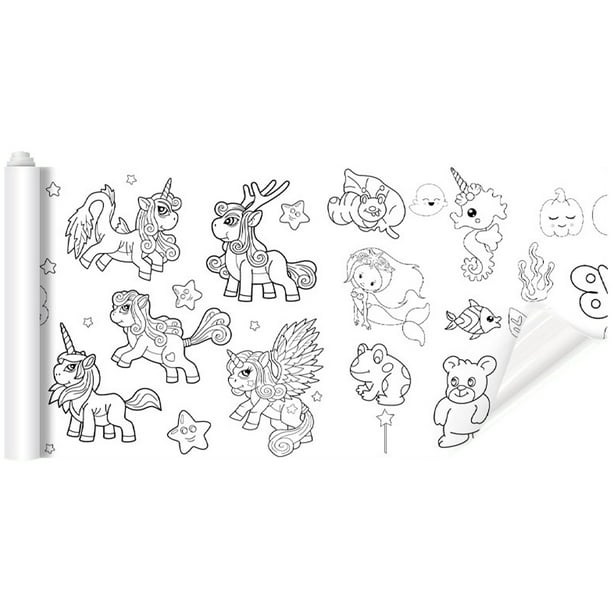5 Simple Tips to Make a Rolling Paper Car

Creating a rolling paper car model is an engaging and fun craft that not only stimulates creativity but also teaches about basic principles of physics and mechanics. This guide will walk you through five simple tips to make your rolling paper car a success. Whether you're a parent helping your child with a school project or just looking for a creative DIY challenge, these tips will help you craft a miniature masterpiece.
Tip 1: Choose the Right Paper

Selecting the appropriate paper is crucial for the durability and aesthetics of your rolling paper car. Here are some considerations:
- Thickness: Use cardstock or similar heavyweight paper for structural parts like the chassis. Thinner, lighter papers are good for wheels and bodywork detailing.
- Flexibility: While you want the paper to have some rigidity for shaping, it should also be flexible enough to bend without tearing.
- Aesthetic Appeal: Colored papers, patterned designs, or even recyclable magazine pages can add character to your model. Ensure the paper isn’t too glossy as it can be slippery, making it hard to keep parts together.
Tip 2: Precision Cutting

Accurate cuts are vital for assembly. Here’s how to ensure precision:
- Use a sharp pair of scissors or a craft knife. Dull tools will tear the paper, affecting both the look and functionality of your car.
- Mark your cuts with a pencil lightly for precision, especially when you’re cutting small or intricate parts.
- If you’re cutting circular shapes for wheels, consider using a compass or circle template to ensure they’re perfectly round.
Tip 3: Make it Roll

The whole point of the model is to see it move, so here’s how you can make your paper car roll:
- Wheel Construction: Create wheels that can roll effectively by using multiple layers of paper. Attach them using a thin axle (like a toothpick or small dowel), ensuring they spin freely.
- Weight Distribution: Place heavier components (like batteries or small stones) towards the rear for better rolling stability.
- Smooth Movement: Test your wheels on a flat surface before assembly. If they don’t roll smoothly, you might need to use a bit of lubricant or check for obstructions.
Tip 4: Assembly and Glue Use

How you assemble your car will determine its durability:
- Glue Choice: Opt for a clear-drying, fast-setting glue to minimize drying time. White craft glue or strong double-sided tape can work well for paper crafts.
- Precision Gluing: Apply glue with a toothpick or small brush to avoid excess that could make parts stick together in unwanted ways.
- Allow Drying Time: Be patient with glue setting to ensure all parts are securely attached without shifting.
Tip 5: Adding Details

Details can elevate your rolling paper car from a simple model to an impressive piece:
- Windows: Cut out windows from the car body or use transparent plastic for a realistic look.
- Decorative Elements: Add paper cutouts for headlights, stickers for license plates, or painted details with acrylic paint.
- Customization: Allow creativity to flow by letting the maker design unique patterns or add personal touches to make the car theirs.
💡 Note: When adding details, remember that less is often more. Over-detailed models can look cluttered, so choose elements that enhance without overwhelming.
By following these five simple tips, you can create a rolling paper car that not only looks good but actually rolls smoothly. This activity can be an excellent way to learn about balance, symmetry, and mechanics in a fun and tangible way. It's perfect for children learning through play or for adults looking to unwind with a nostalgic craft. Remember, crafting is about enjoying the process as much as the end result, so take your time and let your creativity lead the way. Each step in this guide, from choosing the right materials to adding personal touches, is designed to enhance both the fun and the educational aspects of this project. Whether you're making it for a science fair, as a gift, or just for personal satisfaction, this rolling paper car project can be both a delightful and enriching experience.
Can I use any type of paper?

+
While any type of paper can be used, thicker papers like cardstock are recommended for durability. Thin or glossy papers might not hold up well and can make parts slide during assembly.
How do I ensure my car rolls?

+
Ensure your wheels are round and smooth. Use an axle that spins freely and distribute weight evenly. Test the wheels before final assembly to avoid any obstructions.
What if my paper tears?

+
If your paper tears, you can either reinforce it by gluing another piece behind it or start with a new piece if the tear compromises the structural integrity. Remember, patience and practice improve the craft.